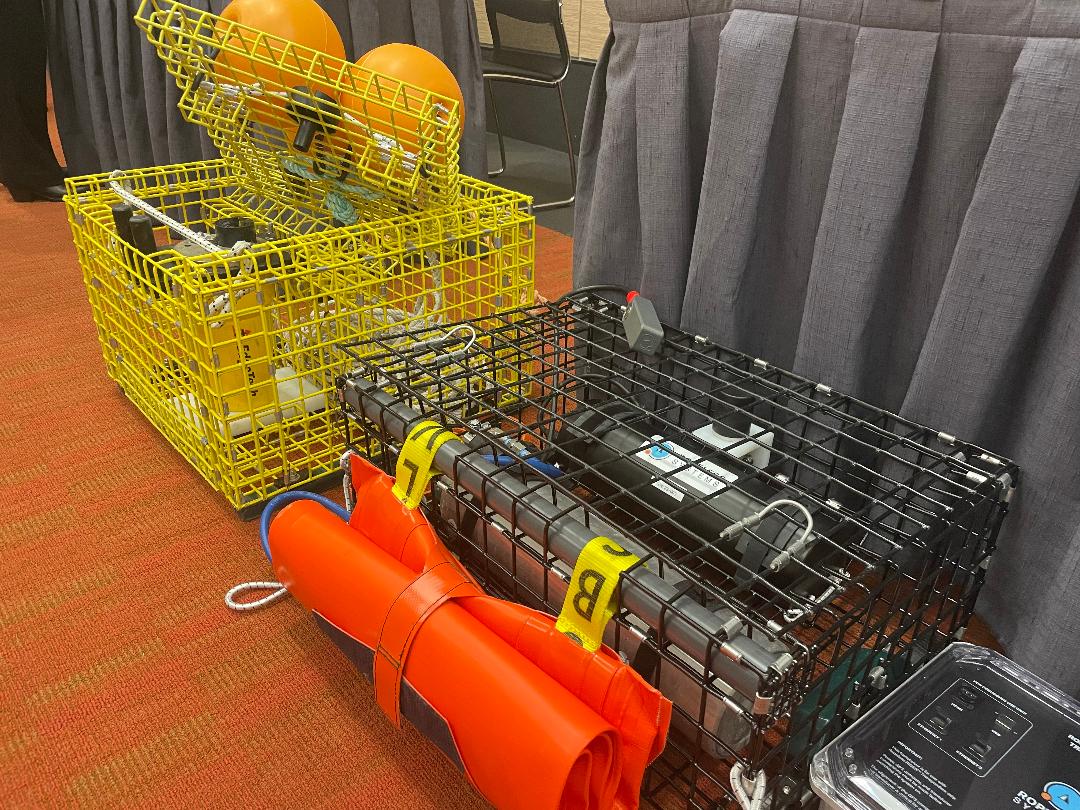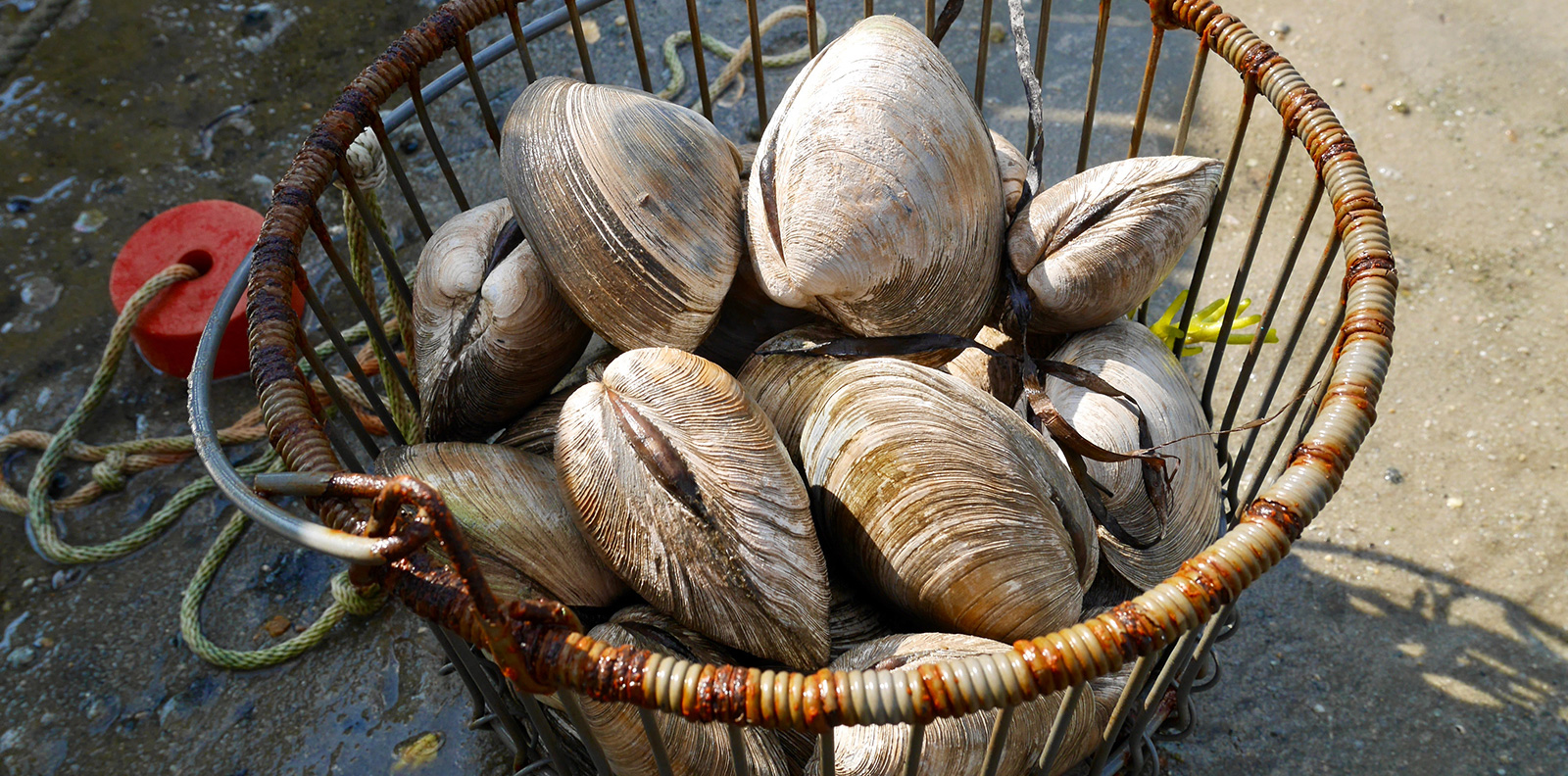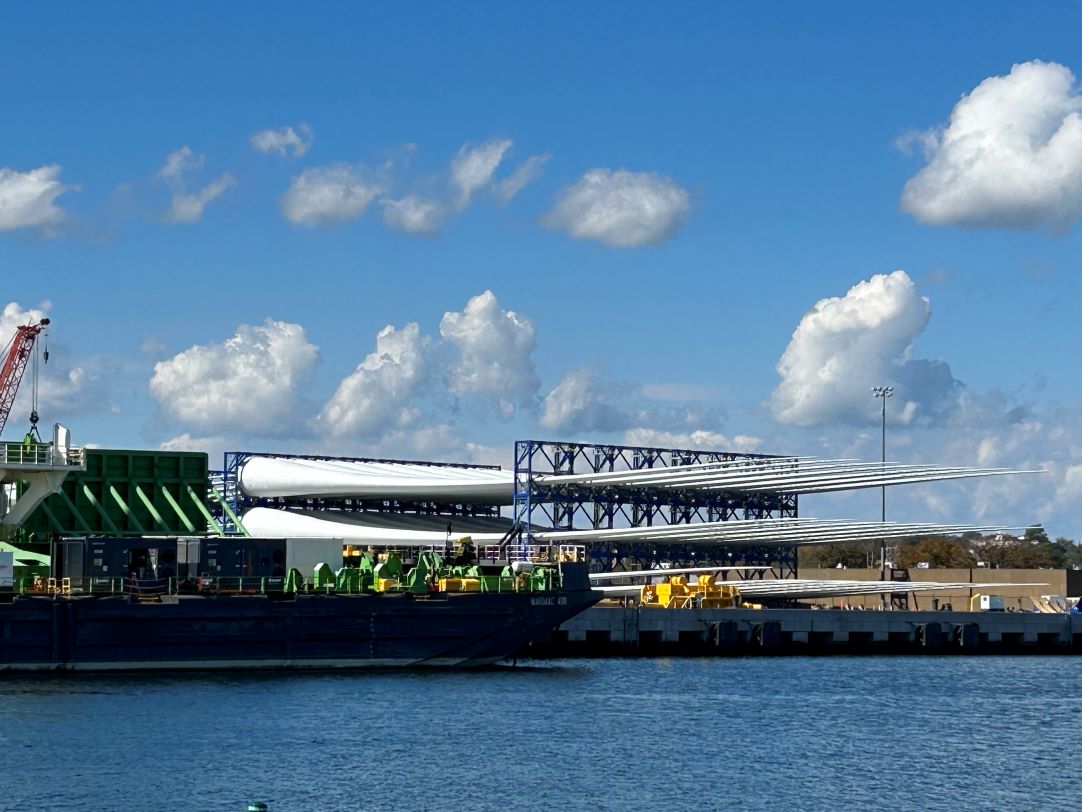Despite Opposition, CRMC Approves New Oyster Farm in Upper Narragansett Bay
September 18, 2023
PROVIDENCE — After six years, mounds of paperwork, two public hearings, and one appeal to Superior Court, coastal regulators approved a new half-acre oyster farm just off Nayatt Point in Barrington.
The site, which will use suspended long-line cables to allow oyster cages to sway with the current, will grow eastern oysters — native to Narragansett Bay — will be one of the only aquaculture farms to be located in upper Narragansett Bay. The area is classified as a Conditionally Approved Area by the state Department of Environmental Management, which indicates areas that are particularly vulnerable to bacteria colonies after heavy rains and stormwater runoff.
At his hearing before the Coastal Resources Management Council, Edward Troiano told council members that, despite objections from anglers and shellfishermen — who would be restricted from the area of the oyster farm — his chosen site would have no significant adverse impacts, and would improve water quality in the upper bay.
“I’ve been involved with projects to seed oysters in the upper bay,” Troiano said. “And these seeds are essentially deployed oysters, which means they can breed and release baby oysters into the water column, serving to repopulate oysters in the upper bay.”
But many shellfishermen, including the Rhode Island Shellfisherman’s Association (RISA), disagreed with that characterization. They told the council the area is populated more densely with wild quahogs than previous surveys from CRMC indicated, and that the upper bay is crucial to the industry.
“The Barrington Beach area in particular is where we go in winter to hide from the heavy winds … there’s a tremendous amount of shellfish set in that area,” said Michael McGiveney, a longtime clammer and president of RISA. “And because of water quality improvements, we’ve been able to get up there. Last year alone we caught 10½ million clams north of this lease.”
A half-acre lease, said McGiveney, would not make enough money to justify denying the area to shellfishermen.
It was the second time the CRMC considered the application from Troiano to grow eastern oysters in the waters of upper Narragansett Bay. Troiano first applied for and was granted a preliminary determination permit, the first step toward creating an aquaculture farm, in 2017. The following year David Beutel, then-aquaculture coordinator for CRMC, recommended Troiano’s application for full approval by the council.
But in February 2018, the council rejected his application. After hearing from numerous commercial shellfishermen who opposed the project, the application failed to garner the simple majority of votes required for council approval.
Troiano filed an appeal to Rhode Island Superior Court, arguing the council had failed in its duties when it did not allow him or his legal counsel to cross-examine objectors and that the council failed to consider all the documents submitted on behalf of the application.
Superior Court Judge Melissa Keough agreed with Troiano and ruled in April 2022 that the council failed to follow state law and its own internal procedures during the original public hearing in 2018. The judge remanded the application back to the council, and ordered it to redo the original public hearing.
The application was approved with all the original stipulations required by staff in 2018: Troiano will not be allowed to expand his oyster farm; it must be a foot and half below the mean low-water line; and it must follow certain protocols when DEM closes that part of the bay due to bacteria counts following rainfall.
Troiano’s contentious second hearing is a symptom of a growing backlash against aquaculture statewide, as more and more new applications become contested cases. Earlier this year, after a similar six-year process, the council approved the oyster farm expansion requested by Perry Raso, the owner of Matunuck Oyster Bar, in Potter Pond, a proposal that ignited a groundswell of resistance from waterfront property owners in South Kingstown. (The application was approved in June after modifications by staff.)
Still on the council’s docket is an application from John and Patrick Bowen for a similar half-acre oyster farm off Sapowet Point in Tiverton, a proposal that has garnered similar levels of backlash from local residents and even proposed legislation that would ban new aquaculture farms like the Bowens’ 1,000 feet within the mean high-water line in the Sakonnet River.
Categories
Join the Discussion
View CommentsRecent Comments
Leave a Reply
Related Stories
Your support keeps our reporters on the environmental beat.
Reader support is at the core of our nonprofit news model. Together, we can keep the environment in the headlines.
We use cookies to improve your experience and deliver personalized content. View Cookie Settings




Interesting that the shellfishermens’ comments about needing the area in the wintertime was covered in the article, but the stipulation allowing just that, access to the area in the wintertime, was not part of the report. But I guess the facts should not get in the way of a story with an agenda.
Just one more case of recreational use being subjugated to the desires of a business. CRMC and judiciary have little interest in the concerns of any recreational users that interfere with the states desire to resurrect and subsidize the commercial oyster industry. As to the comment that there is no money to be had from oyster farms? These applicants are spending a small fortune in legal fees on a half-acre lease. They wouldn’t be doing so unless there was a lot of money to be made.
I can’t understand the justification of taking away community use of a body of water to benefit one person or enterprise. It just doesn’t make sense to me. Why is one person’s commercial goal more important than that of the area shellfishermen or recreational users? Especially in light of the State’s embracing coastal access for all, this type of decision actually seems contradictory.
The lease is for HALF AND ACRE, roughly 15 X150′. Will this really take away anyone’s access and use of that area of the bay? How big is a house lot in that area or Barrington? Just for visual comparison purposes. There can not be any expansion of this either. As for the financials, well it is all on the farmer’s shoulders to make a profit.
Mr. McGiveney stated they took 101/2 million clams NORTH of this site, how much would they need this half acre for shellfishing. Isnt this just a start to not in my back shoreline? People dont want shell fisherman in their area like they dont want ‘strangers’ walking along their shorelines.
This is called capitalism. Taking the resources of the community, privatizing them, and calling the money involved profit rather than deducting the value of the damaged and depleted ecosystems.